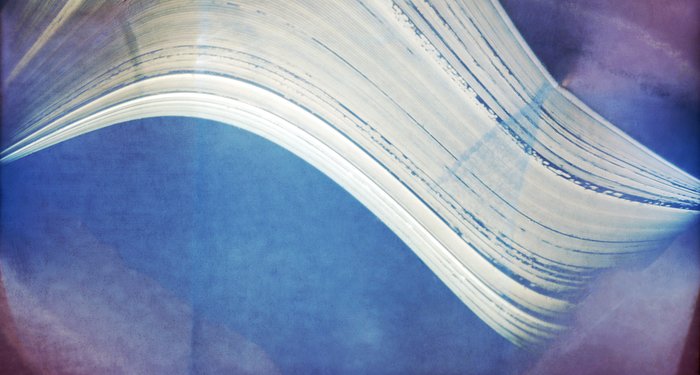Un Solárgrafo tomado con APEX en Chajnantor
Esta inusual imagen artística, obtenida con una técnica conocida como “solargrafía” en la cual una cámara agujero de alfiler captura el movimiento del Sol en el cielo por varios meses, fue tomada con el telescopio Atacama Pathfinder Experiment (APEX) en el llano de Chajnantor. El llano es también el lugar donde ESO, junto a sus socios internacionales, está construyendo el Atacama Large Millimeter/submillimeter Array (ALMA). Las huellas solares en la imagen fueron grabadas durante medio año y muestran claramente la calidad del sitio, ubicado a 5.000 metros de altura en la Cordillera de los Andes en Chile, para las observaciones astronómicas.
La idea de crear solárgrafos con los telescopios de ESO provino de Bob Fosbury, un astrónomo que trabaja en la sede de ESO en Alemania, luego de aprender la técnica del artista finlandés Tarja Trygg. Trygg proporcionó las cámaras, conocidas como “latas”, hechas de pequeños envases plásticos negros, usados para almacenar cintas de películas de 35 mm. Un agujero de alfiler en una lámina de aluminio se pone sobre una pequeña apertura perforada en el costado de la lata, y un rectángulo de papel fotográfico blanco y negro es ondulado y ubicado cómodamente alrededor del interior de la lata.
Dos latas fueron enviadas a APEX donde David Rabanus, encargado de la estación de APEX, montó una de cara al norte en el pilar de la cúpula del telescopio y cerca del telescopio mismo, mientras la otra se instaló en el techo del generador eléctrico mirando hacia el este. Ambas fueron apuntadas a una altura de unos 45 grados. Las latas de APEX fueron expuestas durante seis meses desde mediados de diciembre de 2009 hasta el solsticio de invierno austral, en junio de 2010. La imagen de la segunda lata se muestra aquí. Incluye el retrato inclinado del Cerro Chajnantor a la derecha, en forma de silueta sobre las huellas del Sol naciente. Las huellas solares, en su mayoría en perfecto estado, muestran que habían algunas nubes en el sitio de ALMA durante los seis meses, ¡pero no tantas!. Este solárgrafo es tan preciso, que los agujeros en las efímeras nubes sobre Chajnantor, en aquellos pocos días parcialmente nublados, a veces crean fotografías instantáneas del disco solar (observables como puntos en las secuencias discontinuas).
Los colores que aparecen en esta imagen captada con la cámara agujero de alfiler no están relacionados a los reales colores de la escena. Los colores provienen de la apariencia de plata metálica finamente dividida que crece en granos de sales de plata. Con las imágenes solargráficas, el papel fotográfico no se desarrolla sino que simplemente se escanea con un escaner normal a color tras la exposición y luego se “invierte” –es cambiada de negativo a positivo- en el computador. Esto revela la imagen latente, lo que en una fotografía normal está compuesta de unos diez átomos de plata por mil millones de átomos de granos de sales de plata y es normalmente invisible. Sin embargo, en exposiciones continuas, los grupos de imagen latente crecen de forma tal que las primeras señales visibles de una imagen son amarillentas, para luego oscurecerse a sepia y finalmente a un tono granate-café en la medida que el tamaño de las partículas aumenta. Finalmente, la exposición máxima produce una sombra de color gris-pizarra.
APEX es una colaboración entre el Instituto Max-Planck para la Radioastronomía (MPIfR), el Observatorio Espacial Onsala (OSO) y ESO. El telescopio es operado por ESO.
Enlaces
- Artículo sobre esta serie de solárgrafos en la Revista Messenger de ESO
- Solárgrafos de Bob Fosbury
- Sitio de solargrafías de Tarja Trygg
- Una solargrafía de Cerro Paranal fue Foto de la Semana de ESO el 15 de marzo de 2010
- Una solargrafía de La Silla está disponible
ESO/R. Fosbury/T. Trygg/D. Rabanus
Sobre la imagen
| Identificador: | potw1039a |
| Idioma: | es |
| Tipo: | Fotográfico |
| Fecha de publicación: | 27 de Septiembre de 2010 a las 10:00 |
| Tamaño: | 1986 x 1064 px |
Sobre el objeto
| Nombre: | Atacama Pathfinder Experiment, Solargraphy, Sun |
| Tipo: | Solar System : Star |
